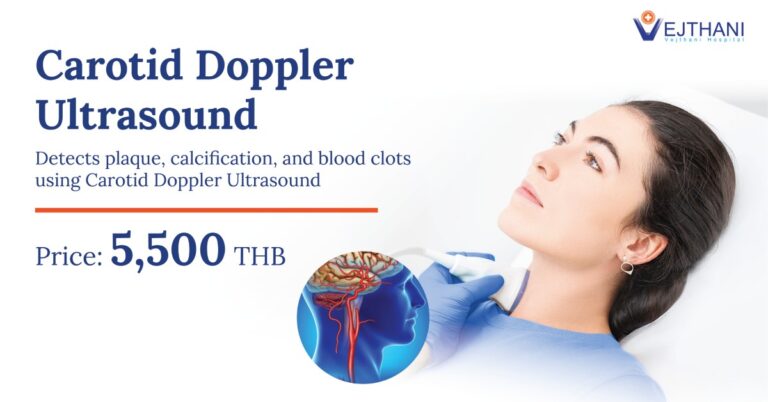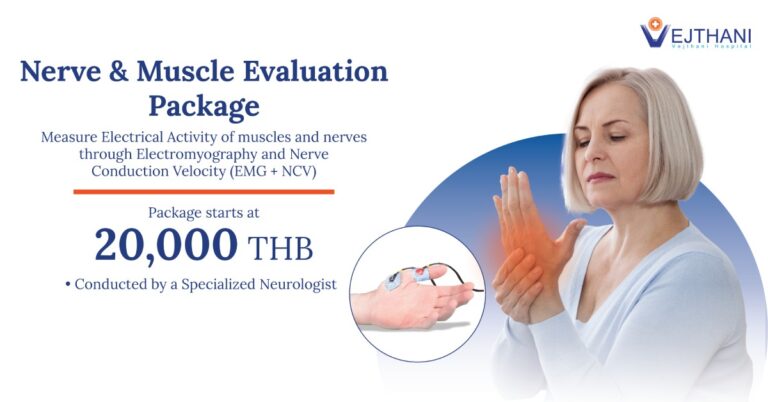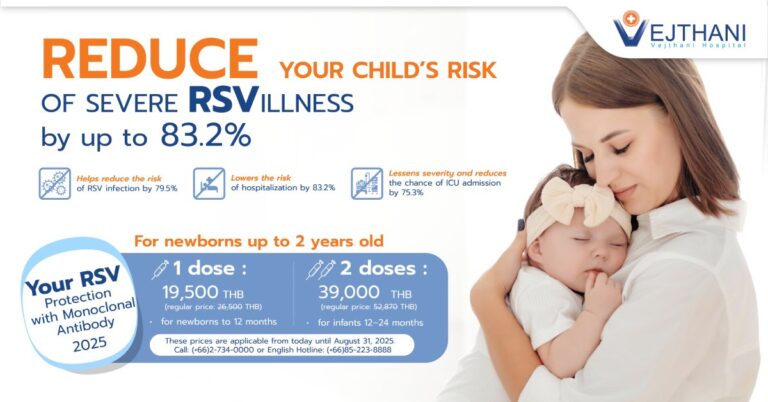Laser Assisted Hatching increases pregnancy and implantation rates. During implantation process, embryo must penetrate a hard shell surrounding its, called the zona pellucida. For some women with egg quality concerns, the embryo cannot be able to escape out of its zona pellucida and a pregnancy cannot be achieved.
Laser Assisted Hatching (LAH) is an additional technique, designed to improve the efficiency of assisted reproductive technology procedures such as ICSI (IntraCytoplasmic Sperm Injection). LAH is the process of creating a hole in zona pellucida, to aid the embryo in the hatching process. This improves implantation and helps increase the pregnancy rates.
WHO SHOULD BE TREATED WITH LASER ASSISTED HATCHING (LAH)?
- Women who have failed prior ICSI (Intracytoplasmic Sperm Injection) attempts.
- Women with poor prognosis.
- Women using frozen embryos, which may have hardened zona pellucida.
Laser is also useful for PGS/ PGD (Preimplantation Genetic Screening/Diagnosis) process. In order to evaluate the genetics of an embryo before placing the embryo in the womb.
PGS/PGD can increase the chances of finding the best embryo with a higher implantation success and improve a chance of carrying and delivering a healthy baby.
If you’re considering LAH and ICSI, PGD/PGS could be an important part of the equation towards you achieving your dream.
- Readers Rating
- Rated 5 stars
5 / 5 ( Reviewers) - Spectacular
- Your Rating


























